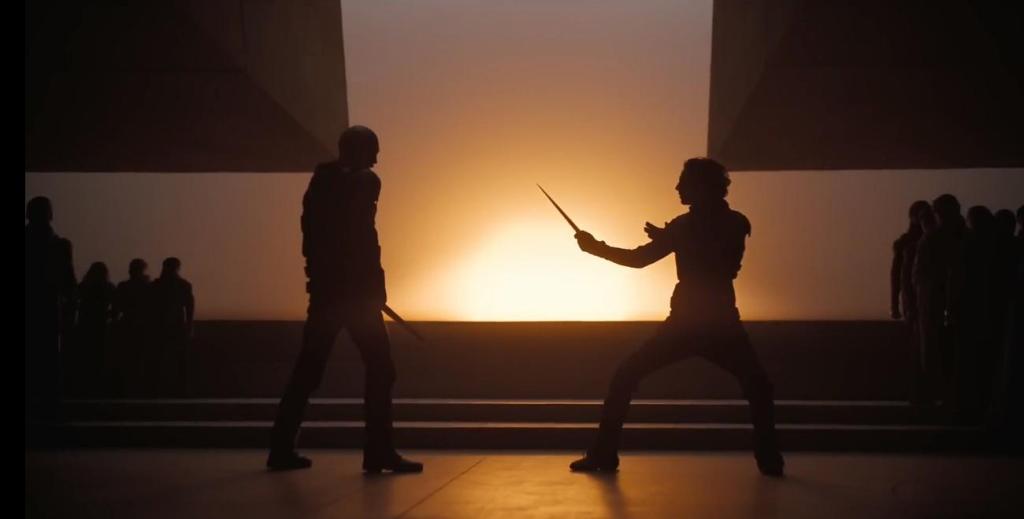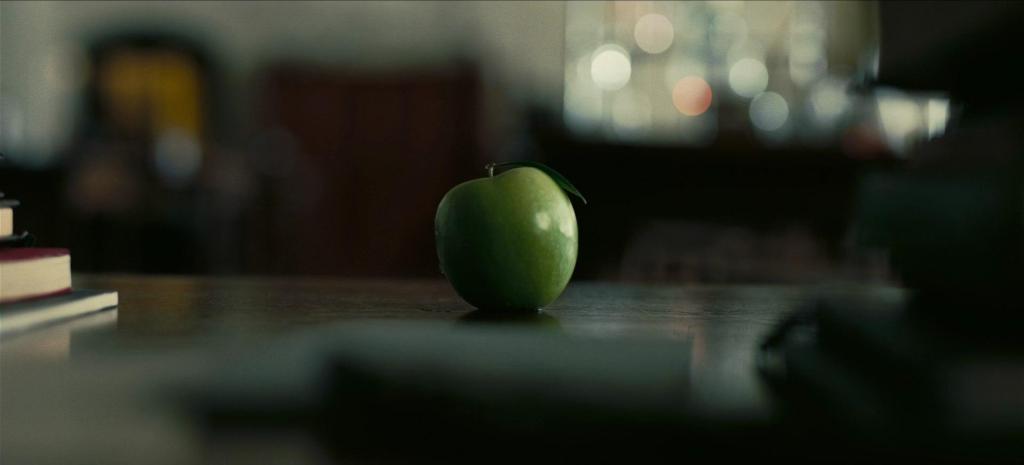Perhaps the most common description of how film and television is perceived is “escapism.” To breakdown what exactly that means would be slightly counterproductive to the education of the medium, as it can be interpreted differently, but for the context of I Saw The TV Glow, I associate it with having an identity crisis and the uphill battle of self-discovery. A highly regarded YouTube critic recently quoted someone who referred to films as “empathy generators.” To paraphrase, this assumes the expectation in creating and absorbing a film (or television series) requires the recipient to emotionally attach themselves to whatever the story is telling, or the characters are feeling. This may be a bit antiquated in definition but it speaks to the main points being described at the core of I Saw The TV Glow.
I Saw The TV Glow depicts the fortified friendship between the lost souls of Owen and Maddy – both of whom are dealing with emotional and physical abuse in their respective households throughout their teen years. The two begin a deep bond over a fictional “children’s” television show titled ‘The Pink Opaque’ (a series highly influenced by 90s kids TV like Goosebumps or Power Rangers). Maddy’s deep obsession with discovering the deeper meanings within the show leads to Owen’s growing fascination with the show, and by proxy, Maddy as a person.
Writer/director Jane Schoenbrun has created a defiant narrative that on the surface, is a pretty by-the-numbers coming of age story, but beneath, tells a dreadful tale on the dark imaginings existing without a sense of identity. After watching this once, ‘The Pink Opaque’ describes a world in which the youth constantly battle sinister forces out of their control without any assistance from adults. As the film proceeds, this reflects the personal lives of Owen and Maddy more and more. Both of them yearn to escape to a world more viscerally inviting which they have more power over the constant malevolent forces that look to disrupt their lives.
This film takes a unique cinematic approach with its visual style of neon lighting that constantly highlights the range of emotions our two main characters go through. Eric K. Yue served as the director of photography and captures each scene as if filming a 90s punk rock music video. All of this is further emphasized with the terrific music supervision team and score composed by musician Alex G.
Schoenbrun clearly wanted the statement of this film’s music and visuals to intersect with its themes.
This film communicated a beautiful form of sadness that describes loneliness in a more subtle way than I’ve seen in a long time. The more I’ve sat with this film, the more interesting it has become. The third act includes an emotionally culminating scene that features Maddy giving the best monologue I’ve heard in a movie all year. The very last moments of this film will probably be debated amount film circles for years as if they just watched a David Cronenberg project trying to describe how disappointing nostalgia can be.
I Saw The TV Glow presents a canvas of how important for some it is to escape reality through film or television, and the dangers that come along with it. Such dangers can include losing track of your own reality or how subverting it can yield a lack of self-reflection. In other words, you can begin to attach your identity to what you see on TV and not real life. For some, that can be the easier option. Jane Schoenbrun has created a visually gorgeous albeit frightening film with I Saw The TV Glow that’s one of 2024’s very best films for its originality in everything it does.




Leave a comment